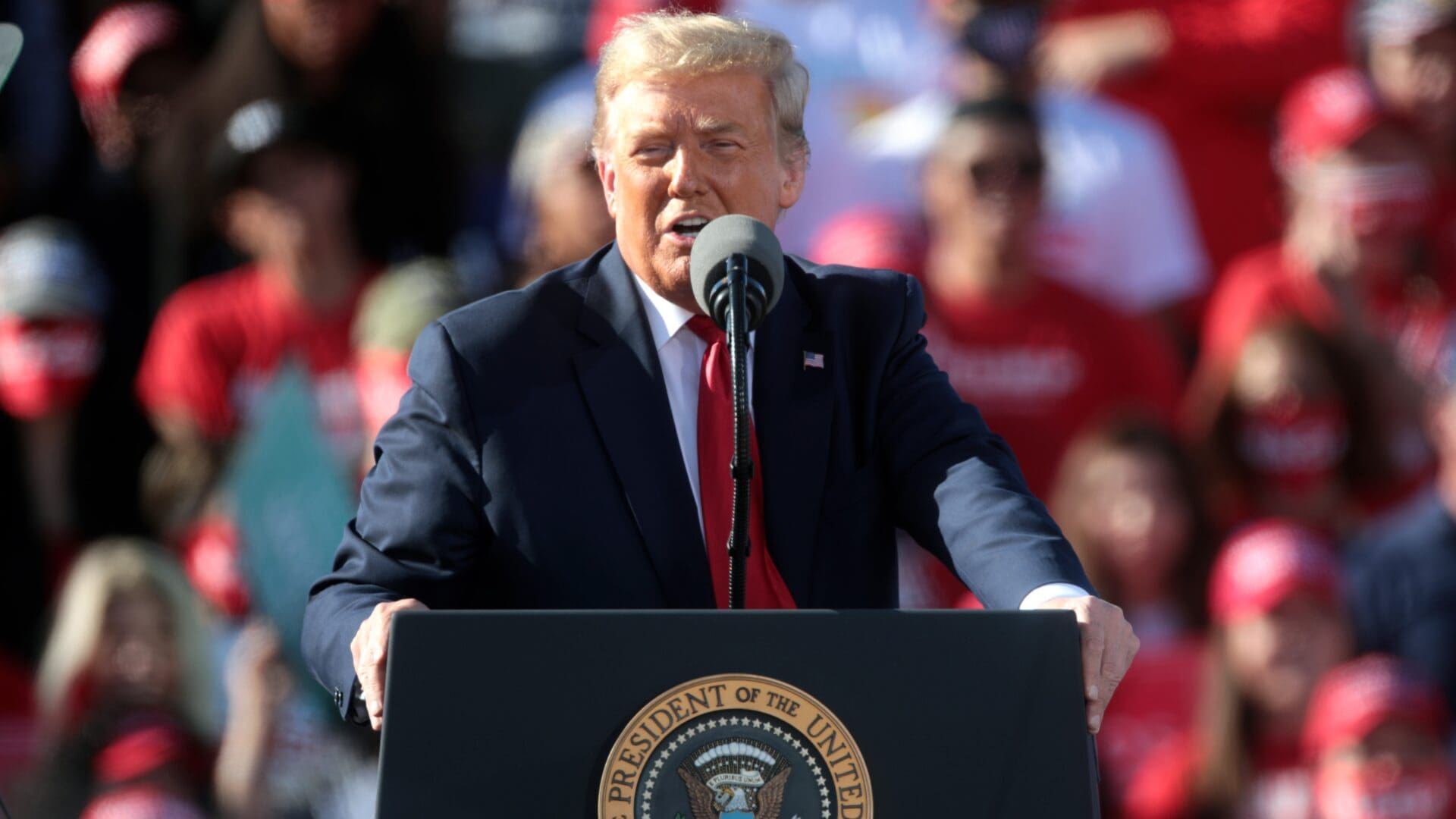The primary elections for the 2024 US presidential election are ongoing, with a number of states already awarding their delegates to the prospective nominees. So far, only two candidates have been able to win a contest on both sides combined: incumbent President Joe Biden and Former President Donald Trump. That is if we discount the ‘none of the above’ option in the non-binding GOP primary in Nevada (a subsequent caucus actually decided the delegates), where Donald Trump was not on the ballot. Yet, Nikki Haily still did not manage to win…
Democrats took to the polls on 3 February in South Carolina. Joe Biden did get into ‘campaign mode’ for the occasion, holding a rare rally for himself in the state ahead of the primary. However, it did not yield him any great results. He ended up getting 126,000 votes, about half of what he got in the 2020 primary—later that year, he ended up losing the state by 11.5 points to Trump.
The Republican primary in the same state came three weeks later, on 24 February. President Trump faced off against Former Governor Nikki Haley in her home state, which she governed between 2011 and 2017. Donald Trump won the state easily, collecting 452,500 votes in the process, more than three times what Joe Biden did, despite his efforts. Taking the two parties’ whole primary turnout into account, it is even more flattering for the Republicans. Biden’s 126,000 votes constitute 96.2 per cent of the total Democrat vote, with the turnout level at 132,000. Meanwhile, President Trump got 59.8 per cent of the Republican electorate in the state, which means that 756,000 people turned up on the Republican side. That is an over 5:1 turnout advantage for the GOP. Even with crossover Democrats helping Haley just to spite Trump, it is a clear show of strength for Republicans in the state.
There has never been any reasonable doubt about which party is going to take South Carolina. However, the next major primary state, Michigan, is one of the key swing states that will decide the presidential election.
In the Great Lake State, the picture is not as clear as in South Carolina.
Nevertheless, it is still positive for President Trump.
The Republican primary failed to hit the level of turnout it did in 2016, when the GOP ended up taking the state in the general election. Then, about 1.325 million people voted for their preferred Republican candidate. Meanwhile, this year, around 1.1 million did.
However, that is mitigated by the fact that this primary was only begrudgingly held by the party. RNC rules lay out which states can have their primaries before 1 March, and Michigan is not one of them. However, the Democrat-led state leadership required both parties to hold their primaries on 27 February.
The Republicans’ solution was to hold a primary, however, only award 16 out of the 55 delegates through that process, then hold a convention in the state on 2 March. The remaining 39 delegates, the vast majority of the 55, will be allocated there.
Thus, none of the major candidates, neither Trump nor Haley, spent much time campaigning in the state. On the day of the vote, Haley was at an event in Colorado, while President Trump was not present in the state either, and held only one of his signature rallies in Michigan more than a week before the primary. Under the circumstances,
the suppressed turnout is understandable.
There are good news for Republicans in Michigan; overall, it is likely that Donald Trump will carry the state with its 15 electoral votes in the fall.
- President Joe Biden failed to meet the vote total Donald Trump got when he was running as an incumbent. In 2020, President Trump received 640,000 votes, while President Biden got 623,000 votes this time. President Trump ended up losing Michigan by 2.82 points in 2020.
- There was an organized effort by Arab Democrat voters to show their discontent toward President Biden’s handling of the Palestine–Israeli crisis. Their campaign called for people to vote for the ‘uncommitted’ option on the ballot, which ended up getting 102,000 votes, 13.2 per cent of the total.
- These dissatisfied left-wing voters will have multiple options in the general election with third-party candidates, even if they do decide to show up. They can cast their vote for the independent Cornel West, a progressive African American philosopher and political activist, Green Party candidate Jill Stein, or former Democrat, now independent Robert Kennedy Jr. West is likely to eat away at the Black vote margin in Detroit for Democrats, which is usually crucial for them to win the state.
- Michigan voters tend to be very sensitive to economic issues. There is wide dissatisfaction among voters with the state of American economy under President Biden, with high inflation, high gas prices, slow GDP and stock market growth, and a workforce participation rate that has failed to get back to the pre-pandemic levels.
- In the RealClearPolitics aggregate of polls, Donald Trump is currently leading Joe Biden in Michigan by a substantial margin, 3.6 points. And that is in a head-to-head contest, not counting third-party candidates. President Trump is also up in the national polling by 2 points in a 2-way race, and by 3 points in a 5-way race.
Additionally, Trump is on his way to a clean, 56-contest sweep in the primary (with fifty states, five overseas territories, and the federal district of Washington DC voting). He has won six out of six primaries or caucuses so far: in Iowa, New Hampshire, South Carolina, Nevada, the US Virgin Islands, and Michigan. Since the introduction of the current binding primary system in 1968, no non-incumbent candidate managed to win all states and territories. Al Gore did so in 2000, however, he was the sitting Vice President at the time.
Related articles:








